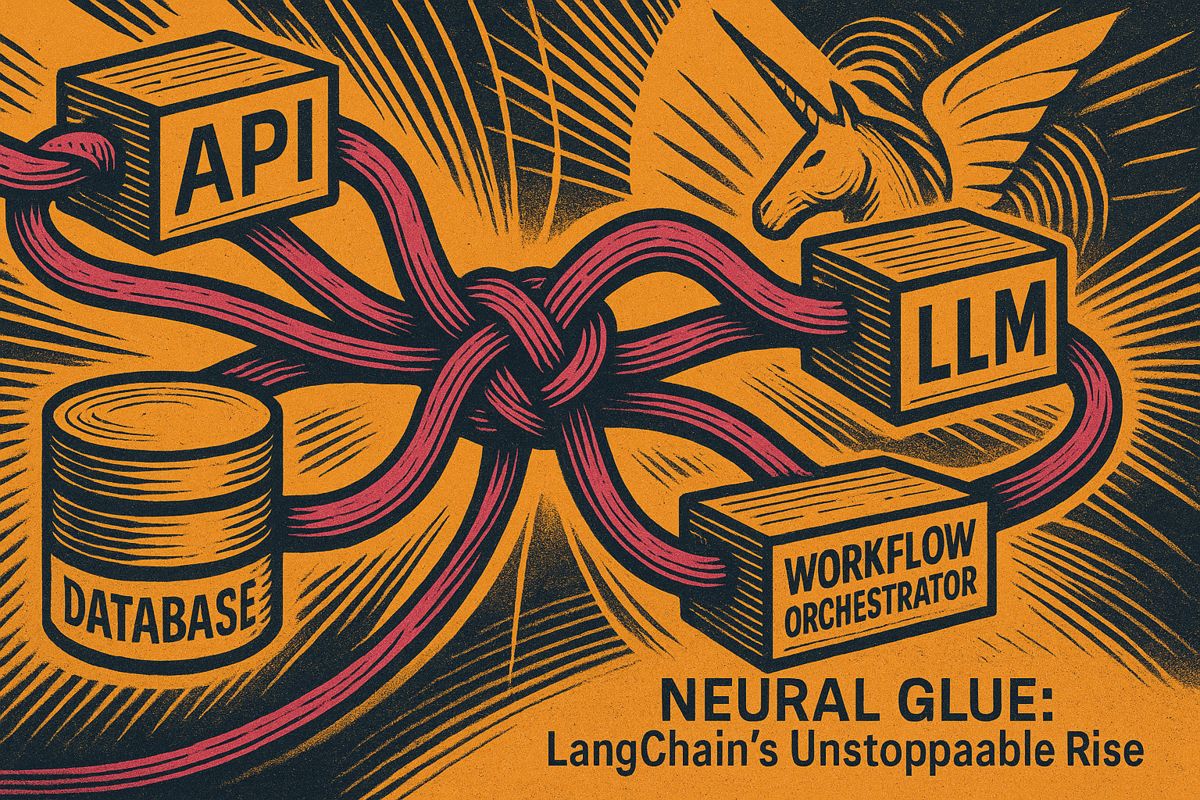AI tools help solo creators make lots of content fast, doing the work that used to take whole teams. By training AI with their own voice and ideas, creators can brainstorm, write drafts, edit, and share across many platforms easily. One marketer showed how she made tons of posts, articles, and emails in just two weeks with AI’s help. It takes time at first to set up, but soon the process runs smoothly and saves a lot of work. Still, while AI means creators can do more, it also brings big questions about jobs and work in the future.
How can solo creators scale content production with AI?
Solo creators can dramatically increase content output by using AI tools for solo content creators scaling content production. The process involves building a knowledge base, brainstorming with AI, generating drafts, editing for quality, repurposing content across platforms, and scheduling distribution—all tailored with a personalized brand voice for efficiency and consistency.
Solo creators are now publishing at volumes once reserved for entire agencies. One marketer documented how she produced 8 blog articles, 3 ebooks, 24 LinkedIn posts, 8 LinkedIn carousels, 24 X posts, 16 Instagram posts, 8 Instagram carousels, 16 Facebook group posts and 24 emails in roughly two weeks, all with AI assistance. This is a sharp contrast to the traditional benchmark of two articles per week for a writer at a marketing agency.
Her workflow has six distinct stages.
1. Second brain: she feeds customer support tickets, sales call transcripts and social chatter into a private knowledge base.
2. Thought partner: ChatGPT and Claude surface angles, outlines and questions.
3. Draft factory: Lex and Spiral create full prose using prompts that have been pre-trained on her brand voice, style and strategy.
4. Editor: the same tools refine grammar, flow and tone, while fact-checking is done by hand.
5. Content multiplier: one article is sliced into carousels, reels, threads and emails.
6. Product manager: an AI scheduler queues distribution and tracks open rates, clicks and saves in near real time.
Training the models requires upfront effort. She uploads a style guide, past blog posts and voice memos, then iterates prompts until output matches her tone. Once dialed in, the tools retain the guardrails for future projects.
The labor savings are significant, yet the extra capacity tends to refill quickly. The author admits that instead of working less, she has taken on more campaigns. This echoes a larger tension: economist John Maynard Keynes predicted in the 1930s that technology would deliver a 15-hour work week, yet many creators now handle far more than before.
Ethical questions linger. She notes that while AI expands what is possible for one person, it also raises concerns about job displacement across the industry. The future of knowledge work, she argues, depends less on who can produce the most content and more on who can set the terms of their own productivity.



















